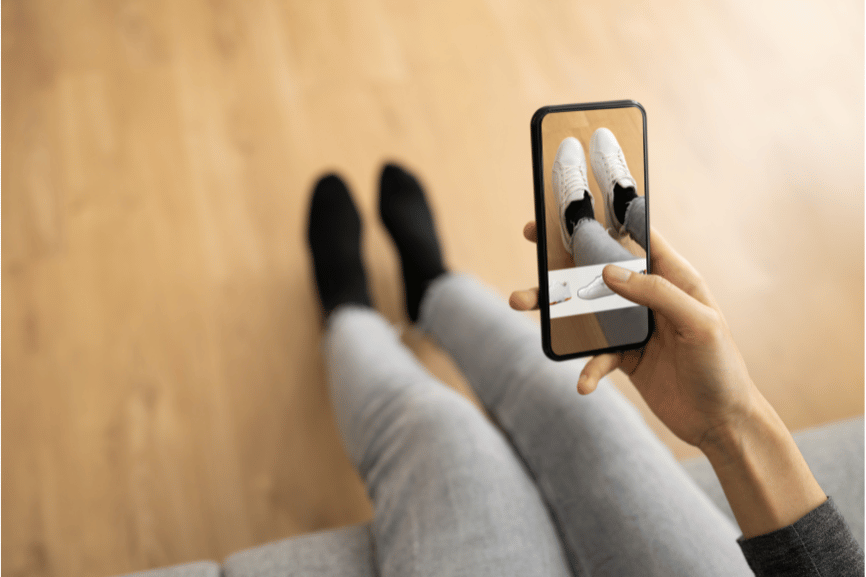The Future of Virtual Reality on Websites
Virtual reality (VR) is changing how we interact with websites, offering new and immersive experiences. Here’s how VR could transform websites: 1. Online Shopping Virtual Stores: Users can explore 3D models of products in a virtual store, seeing items as if they were in a physical shop. Try Before You Buy: Shoppers can virtually try on clothes, accessories, or even makeup, seeing how they look in real-time. 2. Virtual Tours Real Estate: Buyers can take virtual tours of homes, exploring properties from anywhere in the world. Travel: Travelers can experience virtual tours of cities, hotels, or landmarks before booking a trip. 3. Education Virtual Classrooms: Students can engage with interactive lessons in VR, exploring historical sites or scientific simulations. Job Training: VR can be used for safe, hands-on training in fields like medicine or manufacturing. 4. Entertainment VR Movies and Concerts: Users can watch movies or attend concerts in VR, feeling like they’re part of the event. Interactive Stories: News and media sites can offer VR stories where users explore and interact with different perspectives. 5. Social Interaction Virtual Meetups: People can meet and interact in virtual spaces, like cafes or conference rooms, through social media platforms. Virtual Events: Conferences and trade shows can be hosted in VR, allowing global participation. 6. Healthcare Virtual Doctor Visits: Patients can meet doctors in a virtual environment, making telemedicine more interactive. Therapy: VR can be used for therapies, like exposure therapy, in a safe, controlled environment. 7. Architecture Design Walkthroughs: Architects and clients can explore 3D models of buildings in VR before construction begins. Interactive Blueprints: Stakeholders can walk through digital versions of construction projects. 8. Games and Fun Interactive Experiences: Websites can use VR to create engaging games, like virtual treasure hunts or puzzles. Learning through Play: Educational sites can offer fun, immersive VR games to make learning more engaging. 9. Art and Culture Virtual Museums: Users can take virtual tours of art galleries and museums, exploring exhibits in 3D. Historical Exploration: VR can recreate historical sites, allowing users to explore different eras and cultures. 10. Customer Support Virtual Help: Websites can offer VR customer support, where users interact with virtual assistants in 3D, making problem-solving easier.
The Future of Virtual Reality on Websites Read More »


